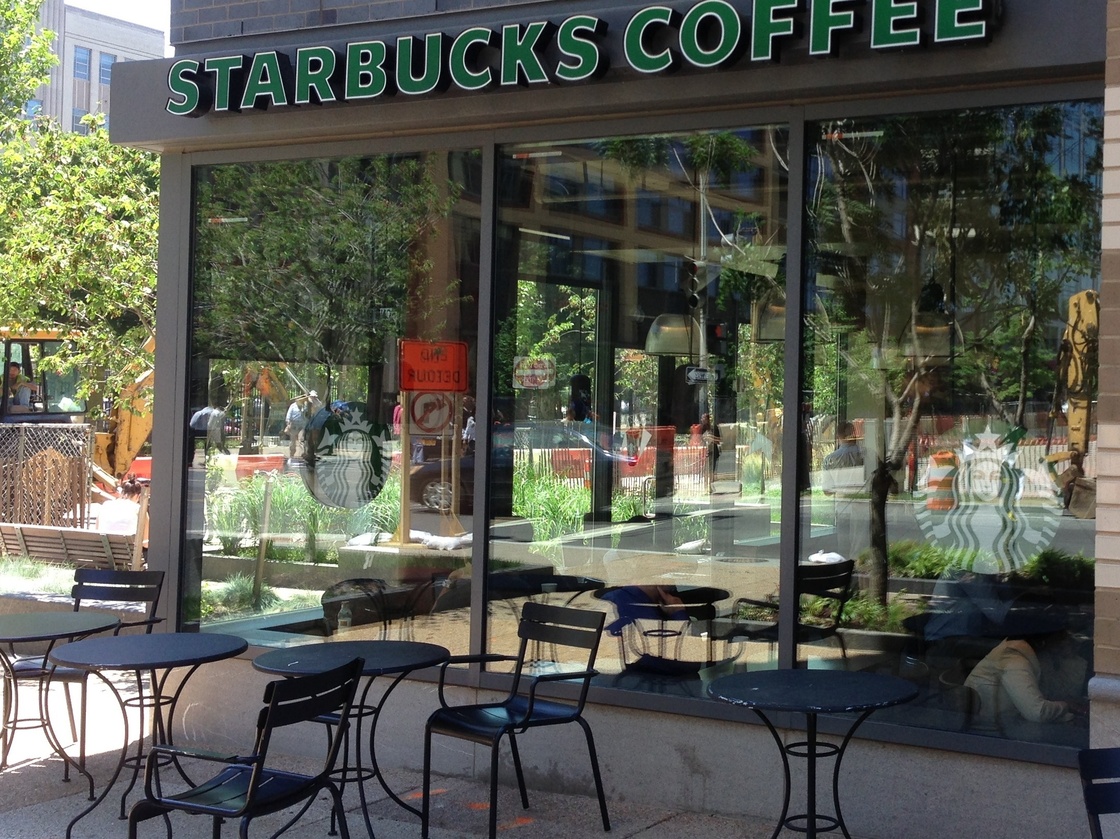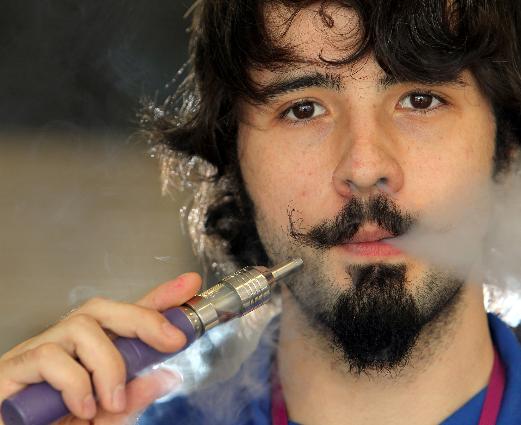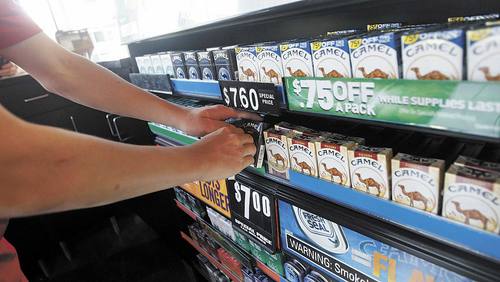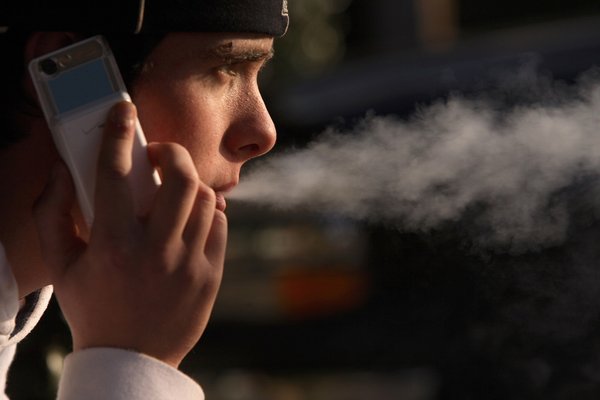Grand Forks Herald: Report: North Dakota only state spending enough on tobacco prevention
A report released this week argues almost every state in the country is not spending enough money on tobacco prevention and cessation programs—every state, that is, except for North Dakota.
The report, released by the Campaign for Tobacco-Free Kids, focuses in part on the billions of dollars states have received since they settled lawsuits against major tobacco companies in 1998. With $10 million set aside for fiscal year 2016, North Dakota is the only state to spend at levels recommended by the Centers for Disease Control and Prevention and was one of five states to spend at least 50 percent of what the CDC recommends.
“It’s so frustrating because it’s such a critical investment, and we’re talking about such a small amount of money,” said John Schachter, director of state communications for the Campaign for Tobacco-Free Kids. “When there’s a pot from which to draw from logically—tobacco taxes and the settlement—as we say, it’s a no-brainer.”
States spent as much as $717.2 million on tobacco prevention programs in fiscal year 2008, but that dropped during the recession and bottomed out at $459.5 million in 2013, according to the campaign’s report. Spending will reach $468 million in fiscal year 2016, a fraction of the estimated $25.8 billion they will collect in settlement funds and tobacco taxes, though the budgets for two states were not yet available.
Tobacco companies spend about $9.6 billion a year on marketing, according to the campaign’s report.
“We believe states should use (settlement) payments to fund tobacco cessation and underage tobacco prevention programs at levels recommended by the Centers for Disease Control,” Brian May, a spokesman for tobacco giant Philip Morris, wrote in an email to the Herald.
While tobacco companies cannot advertise on television or the radio, Schacter said “it’s pretty clear the industry is out there in force.” He said the industry spends most of its marketing dollars at “point of sale,” such as displays at convenience stores and gas stations.
“The states still know it’s an issue, but for whatever reason, they’re deciding to spend the money elsewhere,” Schachter said.
N.D. in the lead
The campaign’s report highlights North Dakota as an example for the rest of the states to follow, citing a drop in high school student smoking rates in recent years.
But North Dakota hasn’t always been a leader in tobacco prevention spending. In fiscal year 2009, it spent just $3.1 million on those programs, or one-third of CDC-recommended funding. That changed with the passing of a measure in 2008 requiring a portion of the settlement dollars be used to reduce tobacco use.
“The settlement did not dictate how the money from the settlement was spent, but it did point out that the settlement was entered into because of the unacceptable behavior of the tobacco industry,” said Jeanne Prom, executive director of the North Dakota Center for Tobacco Prevention and Control Policy.
North Dakota’s tobacco tax revenue is not used for prevention efforts, she said.
Minnesota will receive $791.7 million in total tobacco revenue in fiscal year 2016 but will spend only $21.5 million on prevention programs, less than half of what the CDC recommends, according to the campaign’s report.
Laura Oliven, the tobacco control manager at the Minnesota Department of Health, called the CDC recommendations “aspirational.” She also pointed out the campaign’s figures don’t capture Blue Cross Blue Shield’s Center for Prevention in Minnesota.
Minnesota’s adult smoking rate has dropped to 14.4 percent, the lowest it has ever recorded, the health department announced in January.
“We do a lot to maximize the funds we have,” Oliven said. “I guess the theme here really is that while we’ve made a lot of great strides, there’s still considerable work to be done.”
Local outcomes
Haley Thorson, a tobacco prevention coordinator at the Grand Forks Public Health Department, said tobacco settlement dollars helped fund a study asking residents about second-hand smoke. She called that a “pivotal piece of information” in Grand Forks passing a law in 2010 that outlawed smoking in bars, casinos and truck stops.
“That policy was passed by the City Council because we really did have the pulse of how the community supported that policy,” she said.
North Dakota passed a similar statewide law in 2012.
The health department receives about $300,000 annually from the Center for Tobacco Prevention and Control Policy, or BreatheND. Thorson said it focuses much of its efforts on tobacco-related policies.
“We used to go into schools and educate kids on the harms of tobacco use, but the better bang for our buck is to establish a comprehensive tobacco-free school policy that allows them to be educated in an environment where they’re not exposed to tobacco use,” she said.
Those efforts appear to be working.
The percentage of North Dakota high school students who smoked at least once in the past month plunged to 11.7 percent this year after hovering around 20 percent for the eight previous years, according to survey results provided by Thorson.
“For the states that aren’t spending anything or next to nothing, they need to see results like these,” Thorson said.
http://www.grandforksherald.com/news/region/3900310-report-north-dakota-only-state-spending-enough-tobacco-prevention




